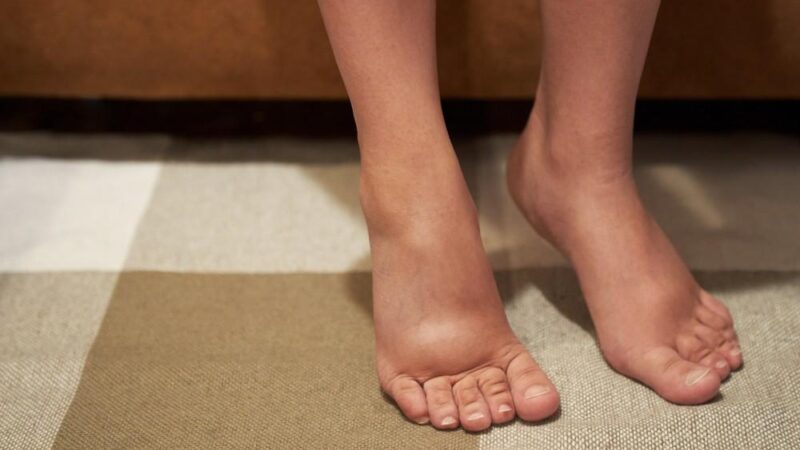Memory Foam Mattress Buying Guide

The market today is filled with products that offer the same kind of things, but one of these products stands out above the rest, and that’s the memory foam adjustable bed mattresses. If you want to get the most out of your sleep, this mattress offers everything you’ll need to be comfortable at night and wake up feeling refreshed and ready to take on the day ahead. Here are some tips on what to look for in a memory foam mattress before you buy one so you can get the best deal possible and have it work perfectly for your needs when you bring it home and set it up in your bedroom.
Things To Consider When Buying A Bed
Once you’ve decided to buy a new bed, your next step is going to be figuring out what you want from it. When shopping for a mattress, there are tons of things that can sway your decision: price, firmness, size, brand reputation and more. Here are some things to consider as you shop for a new bed.
1) Size
You may be surprised at how different your preferences are from those of your partner. A queen-size bed, for example, is standard for most couples, but if you’re looking to save some space, consider a twin XL mattress or a full-size mattress. If you have a large room or prefer more separation between sleeping partners, consider a king bed or even going up to California king. Also take into account whether you’re taller than average—if so, get the extra length so that you don’t feel like you’re sleeping in someone else’s lap every night.
2) Thickness
When it comes to memory foam, thickness is key. It is a fundamental feature of all memory foam products; so, naturally, it’s important to know what thickness you want before shopping for a mattress. The thinner a product is, typically speaking, the more firm it will be. This doesn’t mean thin mattresses are bad – just that they may not be as comfortable as thicker products.
3) Comfort Layer Type
The more layers in your mattress, and the higher quality of those layers, generally translates to more comfort and a better night’s sleep. This is why memory foam mattresses tend to be softer than hybrids or traditional innerspring models. Softer mattresses can be easier to move around on, but they may not feel as sturdy or supportive as firmer options—which might make it harder for you to wake up feeling refreshed. So decide what you need most: A mattress that you can sink into easily? Or one that supports your body well? You should also consider whether or not you’ll sleep with a partner; couples tend to prefer mattresses that offer both of them even support—not too soft, not too firm. This can also help with your health and wellness.
4) Material
The two most popular materials used in memory foam mattresses are viscoelastic polyurethane and polyurethane. Viscoelastic is a solid but flexible material that conforms to your body to create support and stability. Memory foam is a viscoelastic material that has been widely known for its comfort, support, and durability. Polyurethane material is a type of urethane plastic with which you may be more familiar under another name: foam rubber! Polyurethane-based foams are generally cheaper than viscoelastic ones. They have similar properties as memory foam, but are not very responsive; they do not conform well to different shapes or sizes of body parts, especially when compared to memory foam.







